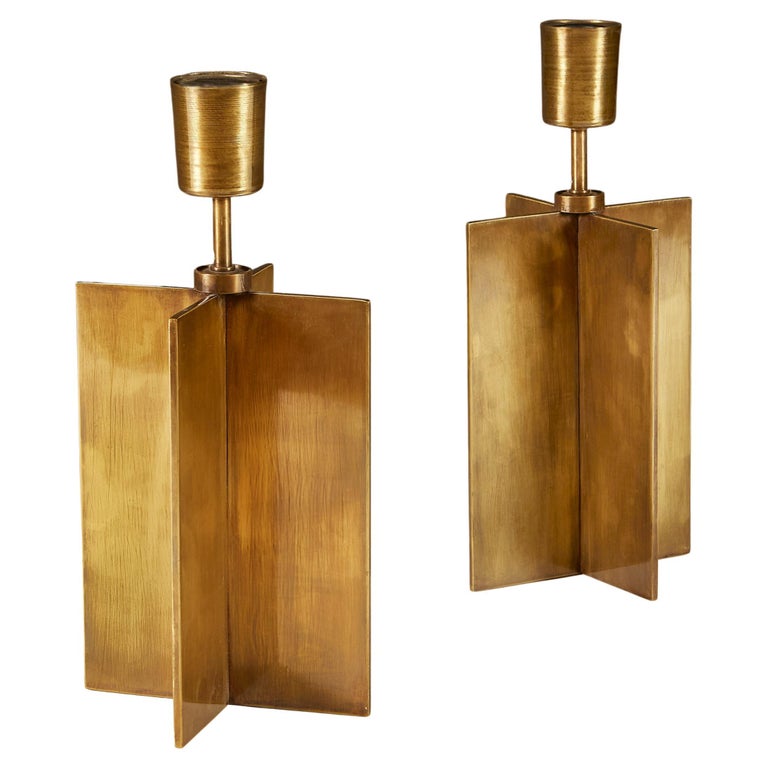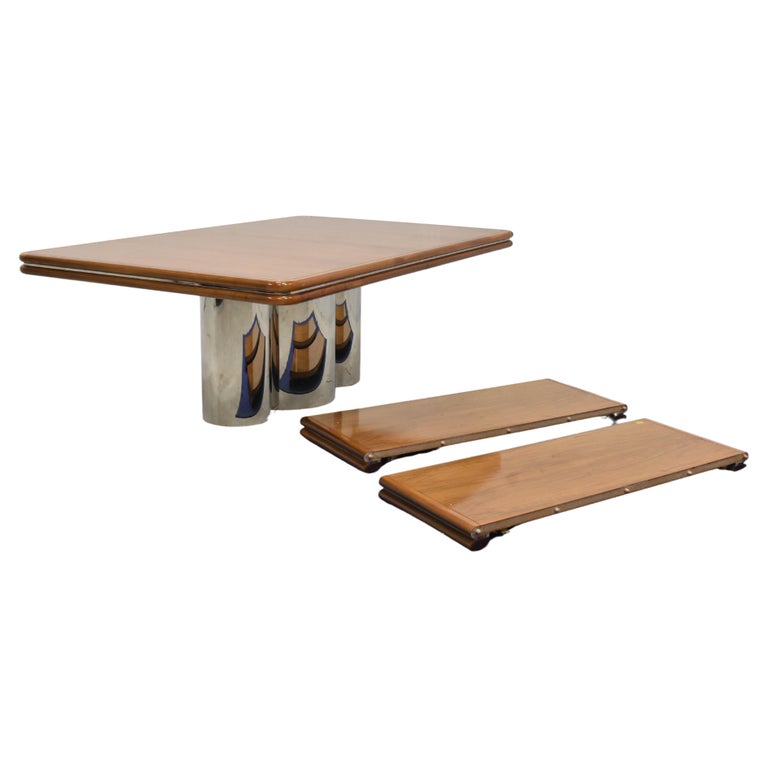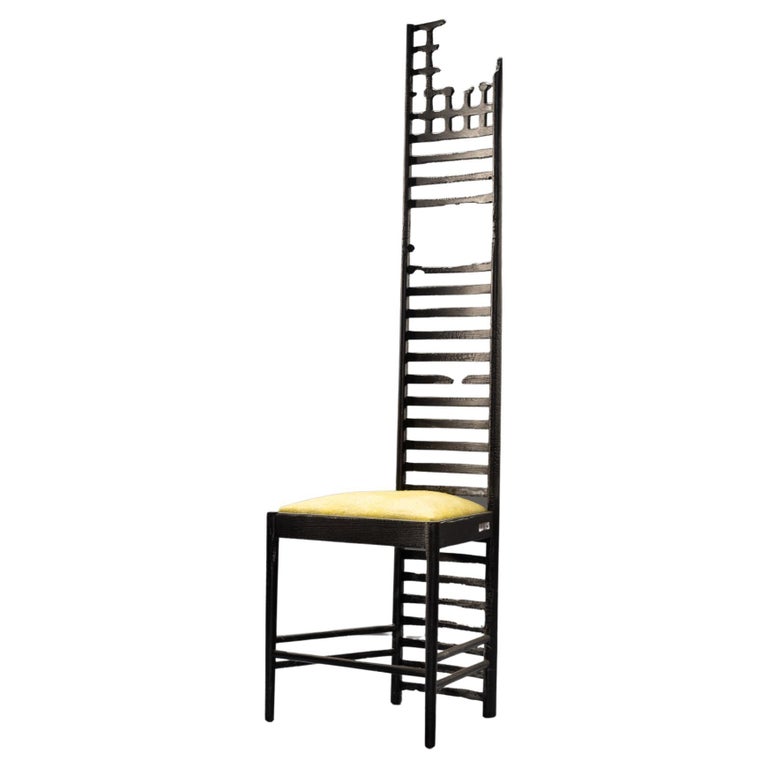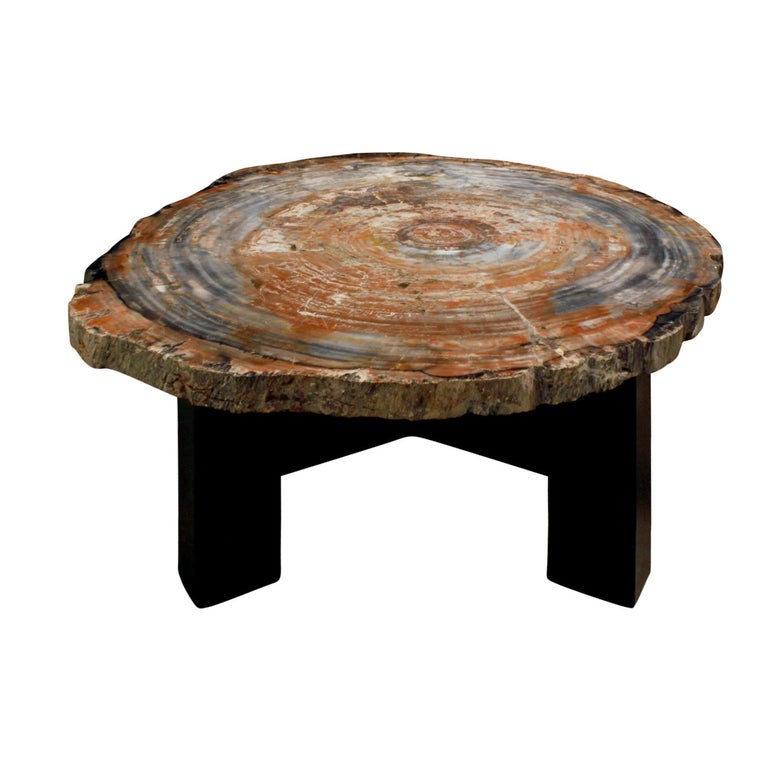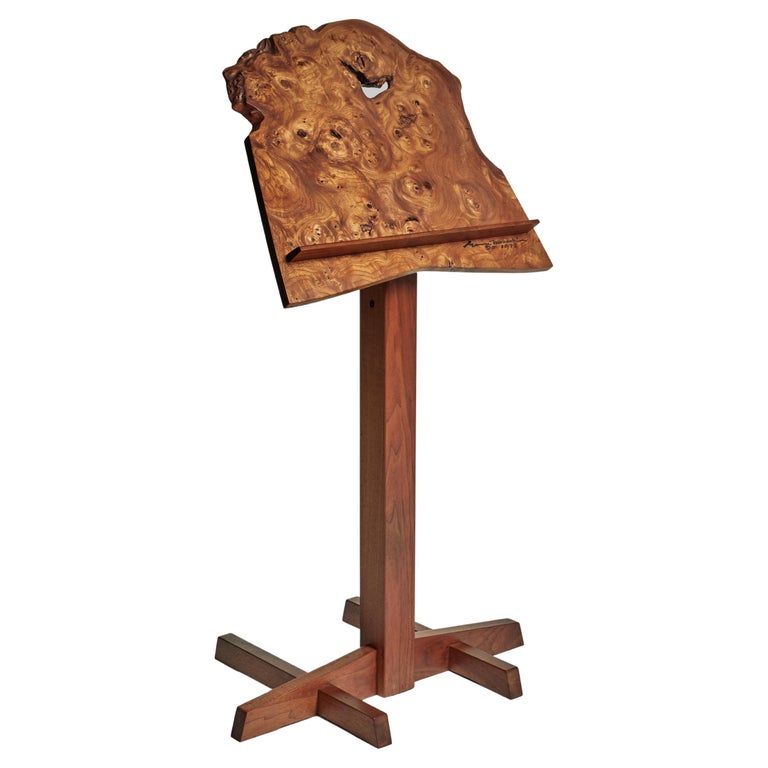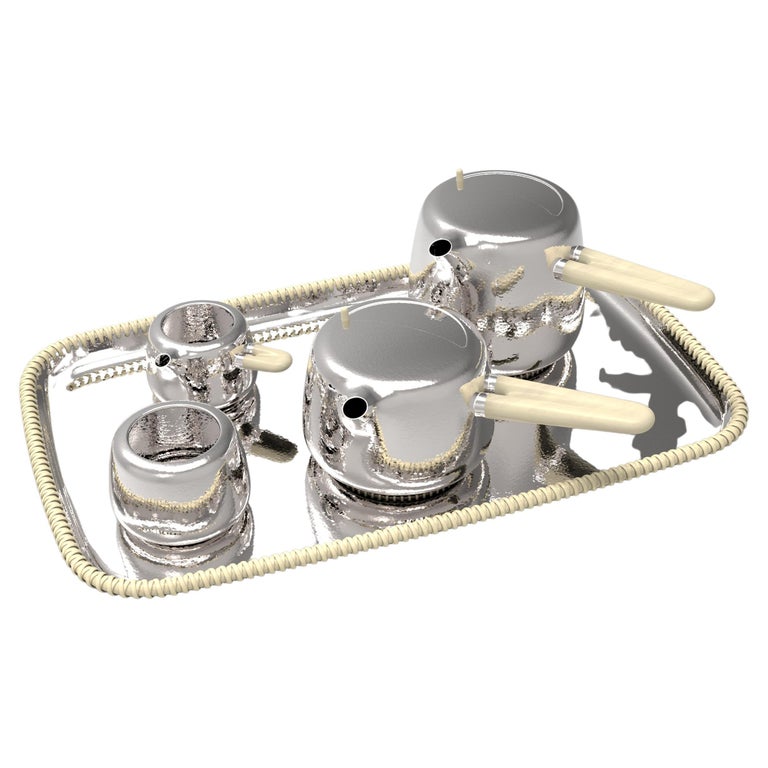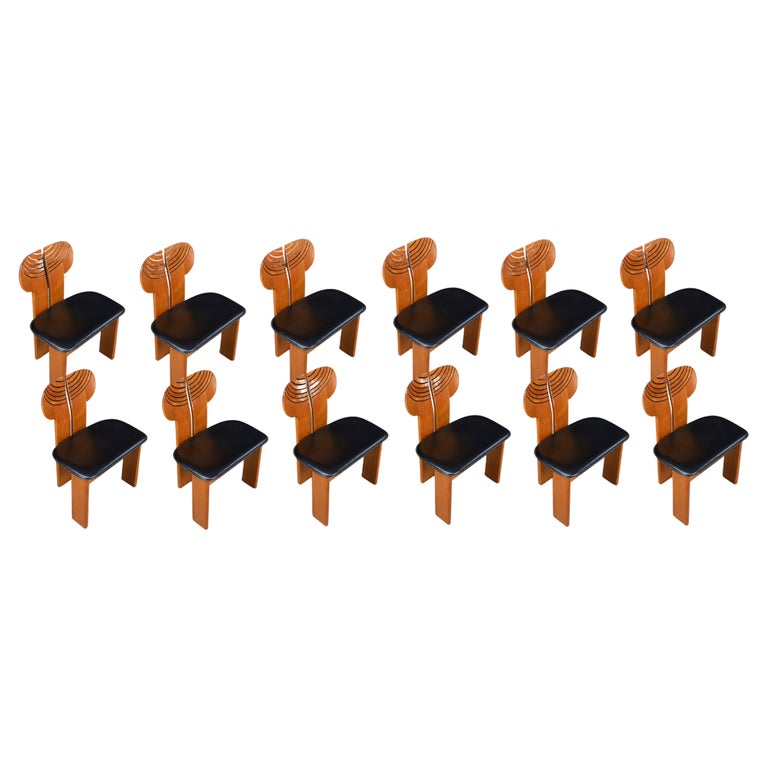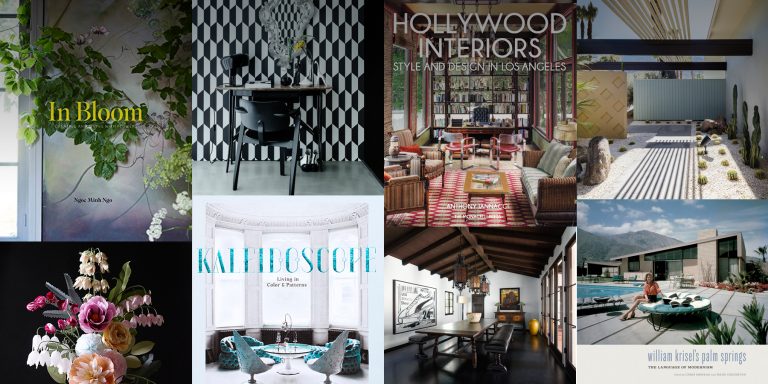May 26, 2024Los Angeles–based interior designer Oliver Furth has an infectious passion for his profession. “It’s all fun,” he enthuses. “Every day brings different challenges and different conversations with folks. I think it’s the best job in the world.”
Furth loves pushing boundaries, introducing quirky touches and working with intriguing and interesting objects and furniture. “I think it would be boring doing the same thing over and over again,” he says. “A lot of our work is about exploration and research.”
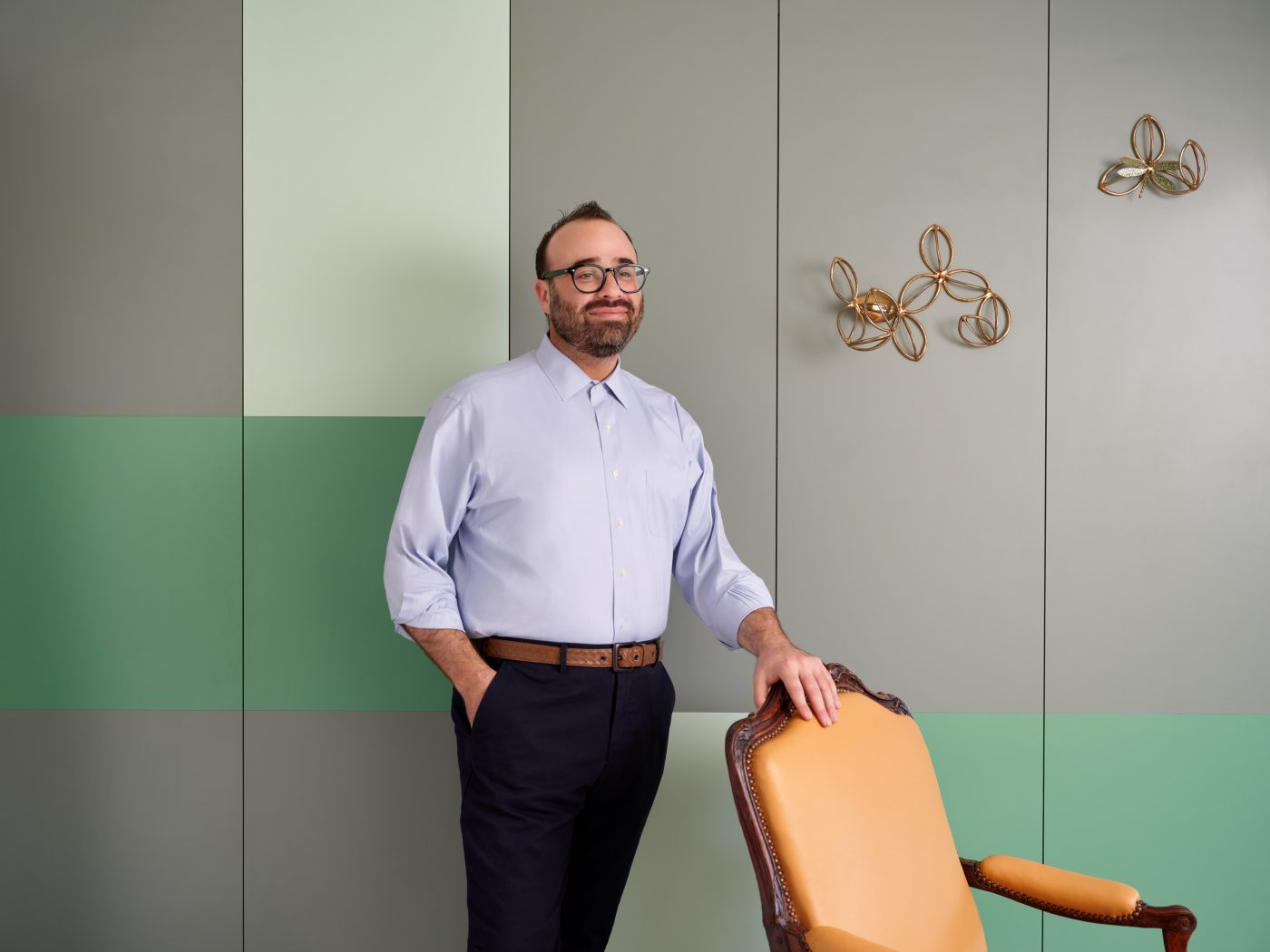
His first monograph, published by Rizzoli and titled OP! Optimistic Interiors, pays testament to the diversity and breadth of his output. In it, he recounts that his clients have included painters, the head of a movie studio, a synagogue president and political strategists, and he notes that those with whom he is currently working range in age from 27 to 86. “I think they come to us for environments and selections that are not typical,” he tells Introspective.

The projects featured include his own mid-century house in Nichols Canyon, which he shares with his partner, design brand strategist Sean Yashar. The concept for its design, he writes, was the “merging [of] an art loft with a treehouse.” There are also several highly significant residences for clients, such as an experimental 1948 house by A. Quincy Jones in Mount Washington, California, and the 46,000-square-foot Tudor-style Greystone Mansion in Beverly Hills, built in 1928 for the son of oil tycoon Edward L. Doheny.
Without a doubt, the most fun is a four-story house in Squirrel Hill, Pennsylvania, constructed in 1974 and belonging to a tech entrepreneur. The owner, described in the book as an “absent-minded professor,” bought the property as a weekend retreat. “[He] had a vision to bring this house back to its nineteen-seventies glory,” writes Furth. “We fantasized about groovy parties, and a sparkling hedonism from the decade before either of us were born.”


The homeowner had a number of unorthodox requests, too. One of his hobbies is tinkering with old electronics and he asked for a room devoted to that pastime. Furth also created a listening lounge to house the client’s collection of some 3,000 vinyl records, plus four bars, an indoor swimming pool that doubles as a discotheque and a two-story greenhouse filled with cacti (the owner is originally from Arizona). “We really stretched the limits of our fantasy,” says the designer.
Furth brings a serious connoisseurship to each of his projects, no matter how whimsical. In the book’s preface, Architectural Digest West Coast editor Mayer Rus refers to the designer’s “signature mix of freewheeling creativity and scholarly historicism.” Furth certainly displays an almost spellbinding knowledge of his field. “I’ve been studying decorative arts passionately, grossly, obsessively since I was a teenager,” he says.

The book’s wonderfully informative and lively introduction recounts Furth’s story to date. “Decorating is my calling,” he writes. “As long as I can remember, I dreamed of studying architecture and design, and building homes for families to live in.” As a child, he taught himself how to decipher floor plans and endlessly doodled chairs and window treatments in the margins of his school books. At the age of nine, he got a subscription to Architectural Digest for his birthday, and by 15, he was interning at a local design firm after school and on weekends.

He went on to study architecture at the University of Colorado Boulder and later worked at Christie’s in Los Angeles (most notably on the sale of Tony Duquette’s estate) and trained with such greats as Martyn Lawrence Bullard, Waldo Fernandez and Michael S. Smith. Furth opened his own studio, Oliver M. Furth Design & Decoration, in 2005 after receiving a call from a high school friend asking if he could help the friend’s parents with their house. He is currently working on his sixth project for the family.
Furth likes to play with color and to create a certain tension within his rooms. “Things might clash a little bit, but when they are slightly off or syncopated, it creates something richer,” he explains.

Whenever possible, he prefers to work with whatever is already in place, rather than take a tabula rasa approach. That was the case with the Squirrel Hill home, where he decided to keep the popcorn ceiling. “For me, it captured a moment in time,” Furth says. He introduced other typically 1970s touches, including floor-to-ceiling smoky mirrors in the living room and wall-to-wall high-pile carpet in the second-floor public space.

Among his influences for the project, Furth lists Studio 54, Palm Springs, 1970s gyms and Yves Saint Laurent muse Betty Catroux. Catroux’s confident, sexy look inspired lots of casual seating and a substantial use of black in certain rooms. The room housing the swimming pool, for instance, is swathed in inky tones, endowing it with an almost louche look. The kitchen, in contrast, positively pops with bright yellows and oranges. “The space was quite dark,” notes Furth. “So, we wanted to inject some joy into it.” For the gym, he commissioned a custom mural from artist John Gluck consisting of multicolored lines that run riot over the walls and ceiling. According to Furth, they reference the pipes at the Pompidou Center in Paris. The decision to create the wave-shaped shelving unit for the listening room was more a question of instinct. “Sometimes I just get the feeling that we need a curve,” he says.

Throughout, there are interesting combinations of vintage pieces that make Furth’s work here really shine. The family room, for instance, brings together such iconic items as a Maralunga sofa by Vico Magistretti and a Cityscape coffee table by Paul Evans with a more obscure find: a leather lounge chair by the lesser-known Italian designers Titina Ammannati and Giampiero Vitelli. Furth admits that he himself had never heard of the pair before working on this project. He also came across another of their creations, a leather lounge chair and ottoman, which he placed in the primary bedroom.

Elsewhere, he incorporated a handful of items from the 1990s, such as the Marc Newson TV chairs in the kitchen and the R&Y Augousti resin-and-bamboo table in the dining area, as well as several contemporary finds. One of the most unexpected is the sectional settee in the living room, designed by Athena Calderone for Crate & Barrel. “That was not where I thought I was going to find the sofa,” says the designer, who nevertheless feels it acts as the perfect foil to the museum-worthy George Nakashima coffee table. “The mix feels very stylish to me.”

Furth views all his work as “object-driven.” By that, he means that the selection of each piece is extremely considered. Reflecting on his own deep-rooted love of things, he refers to himself as an “active acquirer” — a term he prefers to “collector.” “To be a real collector, you need rigor and discipline and focus,” he explains. “I have none of those. I buy all kinds of things.” (And he sells them, too, on his alluring 1stDibs storefront.)
Ask him his most treasured possession and he’ll name the Agnes Martin drawing that hangs by his front door in Nichols Canyon. “It’s so simple, but reveals itself over time,” he says. “Every time I come and go, I look at it. And every time, I discover something new.”


